Tracking SEO is a vital part of the ongoing management of a site.
It isn't just about the performance side of things; it's also about keeping an eye on the site's health.
An effective tracking strategy will also help you be proactive about technical SEO issues and your SEO performance.
In this article, I'll go through what you should track, the best SEO trackers available, and how to use them.
Rather than starting with the tracking tools you require, start with the metrics and information that will help.
By starting with clear SEO KPIs, you’ll prevent tracking everything just because you can. Instead, you’ll build a list of requirements for a successful strategy while avoiding information overload.
One part of tracking SEO is measuring the results of your SEO strategy.
There are various metrics you can use to measure performance, and it’s best to track both hard and soft KPIs.
You should align hard KPIs with metrics that have an evident business impact. These are things such as:
Some softer metrics to track and measure performance would be things such as:
The above are useful supplementary information to measure your work. However, ultimately it doesn’t matter how high your clickthrough rate or how well you rank if it doesn’t result in improved sessions, revenue, and conversions.
The other part of tracking SEO is measuring the health of the site. These aren’t necessarily something you’ll include in SEO reports, but it’s something you’ll monitor to ensure the site is optimized.
Examples of these include:
Now we know the two types of SEO metrics you’ll want to track; below are some popular tools and how they can help.
Google Search Console (GSC) is one of the best free performance and issue tracking tools for SEO. It’s also straightforward to set up!
In its performance reports, it provides you with information:
The query-level data is incredibly useful and not information you’ll find anywhere else.
On each of those dimensions, it’ll provide useful data on metrics such as:
However, be aware that Google Search Console only provides useful information for high-search-volume terms, and only when you rank on page one. Google hides low-volume queries to protect searchers' privacy.
Position data can also vary if you aren’t on page one, as data is only collected when Google shows your listing to a searcher. If you’re usually on page two or three, your listing will be seen less, making reporting more sporadic.
If you’d like to learn more about GSC data collection, Russ Jones of Moz has studied GSC’s reliability, and Google has further information in their documentation.
Adding structured data to your site allows an opportunity to acquire rich snippets on the SERP.
Within the "Enhancements" section of GSC, you can see various reports tracking valid implementations and errors with your structured data.
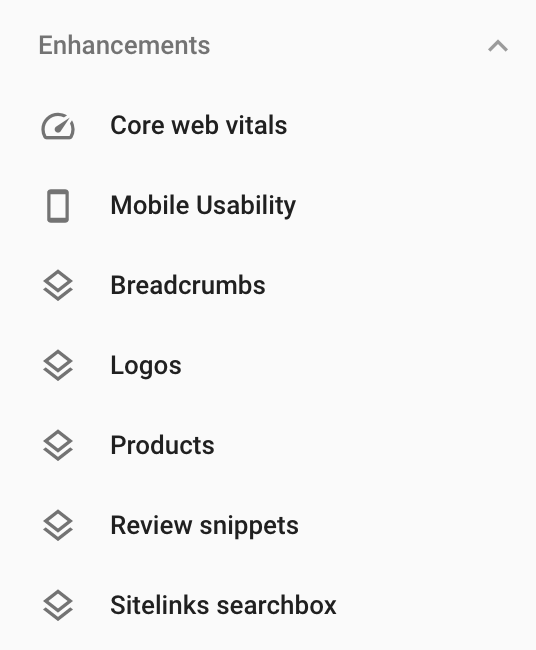
Once you’ve selected an enhancement, you get a useful report showing both the errors you can fix (in red) and the valid URLs (in green).
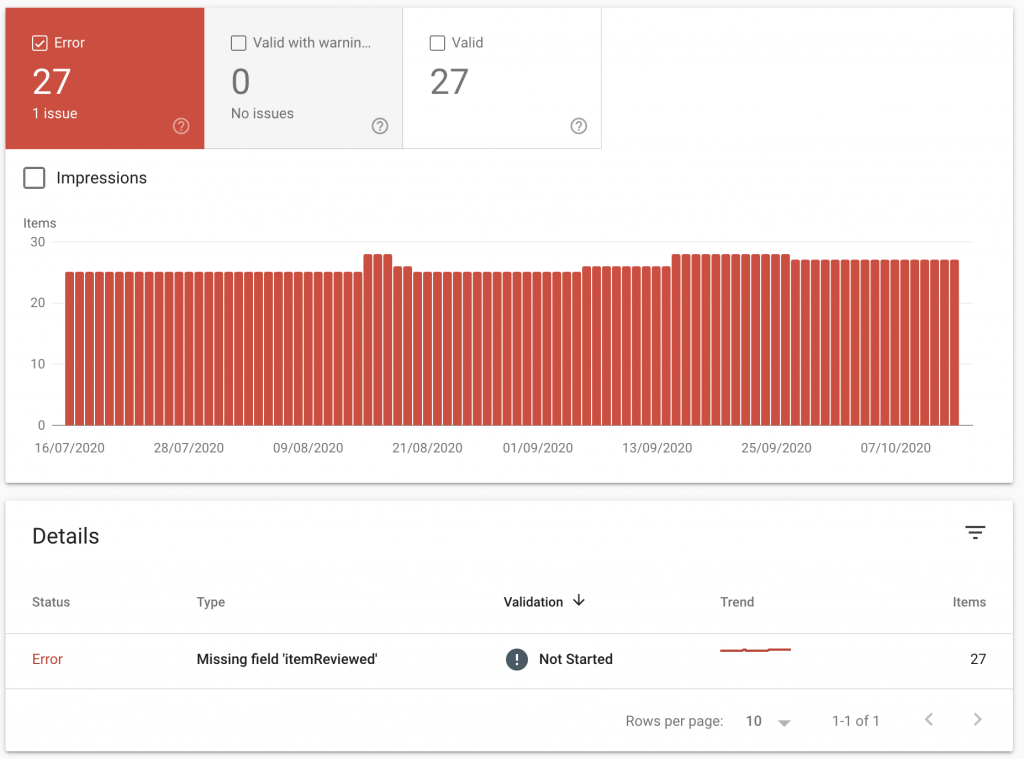
Enhancing your listing on a search result is a core part of the modern SEO workflow, so you’ll want to use these reports for ongoing tracking.
Coverage reports enable you to track any indexing and crawl issues.
The report shows URLs Google has indexed or discovered and categorizes them as error, valid with warnings, valid or excluded.
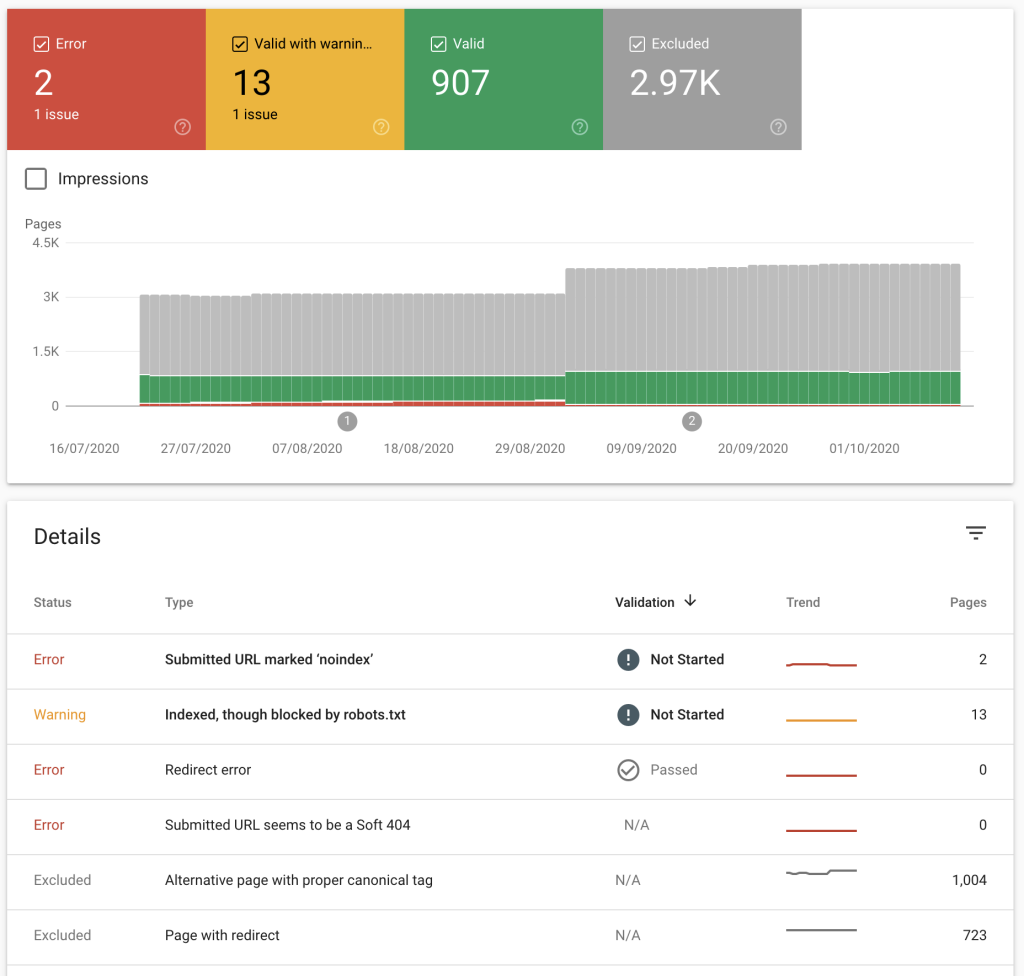
Use this report to ensure URLs are indexed correctly, and the URLs you don’t want indexed aren’t.
Outside of the obvious "error" reporting, monitor "valid" URLs, especially the "Indexed, not submitted in sitemap" ones in the table below.

If you’ve correctly uploaded an XML sitemap of all URLs you want indexed, this report can highlight URLs Google has discovered and indexed that should not be indexed.
We’ve submitted 1,288 URLs in XML sitemaps in the above example, but Google is indexing a further 411. Given we’ve already uploaded comprehensive sitemaps, it’s likely the 411 URLs highlighted here need investigating.
GSC also provides the reason for a URL's status, allowing you to make amendments easily and even validate an issue once you’ve fixed it.

XML sitemaps are a crucial way to inform Google of all the valid URLs you want them to index.
The sitemap reports within GSC make it easy to see which sitemaps you’ve submitted, alongside any errors with them.

It’s important to upload and monitor these, especially due to how they integrate with GSC coverage reports.
By selecting "See Index Coverage" on an individual sitemap, you get coverage data specific to that sitemap.

This can be incredibly useful if you’ve created and uploaded XML sitemaps that are unique to different sections of your site.
For example, suppose you have a blog sitemap and a product page sitemap. Thanks to the integration with the coverage report, you can filter and see coverage data specific to just those URLs in the sitemap.
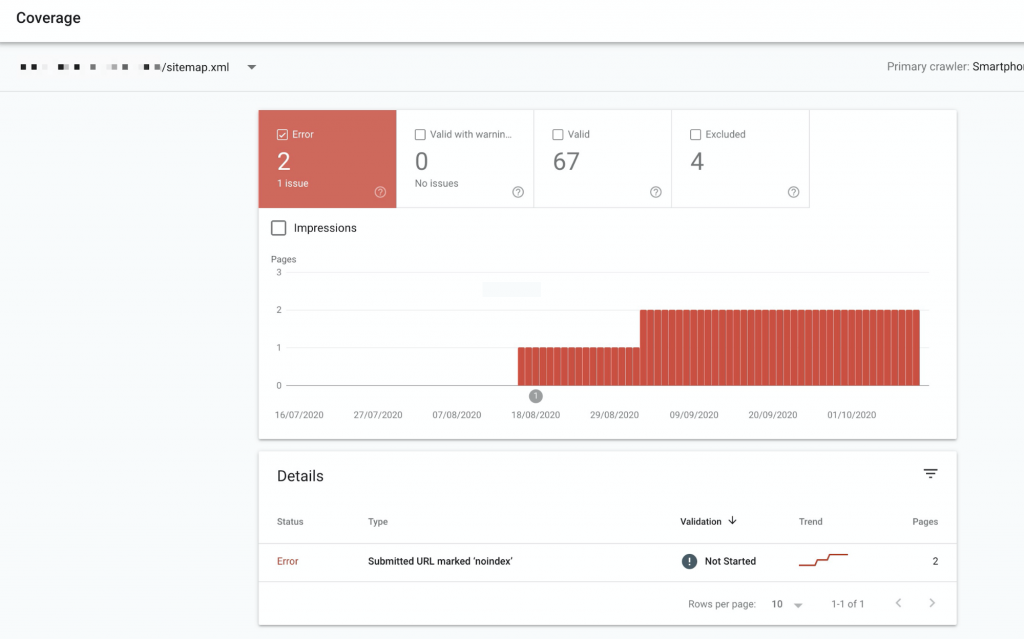
The significant benefit here is that you can easily monitor the indexing of different pages on the site. When breaking sitemaps down by the type of URLs they contain (e.g., product vs. blog pages), consider also creating groups of sitemaps by the importance of the URLs.
This can significantly help when monitoring larger sites. It has use cases such as allowing you to monitor the top-selling 500 products on the store for potential indexing issues.
GSC makes any security issues known, including hacking activity, phishing attacks, or other harmful behavior, in the "Security & Manual Actions" section in the left sidebar.
You’ll know if you have no security issues to worry about from the green tick at the top of the report.

Another tip, make sure the email address you use for GSC can receive emails. GSC will send you email alerts for security issues and other reports, making monitoring your site easier.
When a human reviewer at Google has reviewed your site and determines that some or all pages are not compliant with Google’s guidelines, you may receive a manual action. Google will notify you of this in the manual action report and the message center.
Just like with security issues, you’ll get a nice green tick if you’ve been staying in line with guidelines.

The help from Google doesn’t end with GSC! Google Analytics tracks how users find you and what they do on your site.
When we discuss hard KPIs earlier, Google Analytics is the primary tool you’ll use to report these. While every analytics tool has flaws, Google Analytics is usually used as the source of truth for both the number of sessions acquired and conversions and sales by marketing teams.
We’re talking about the organic channel specifically for all the reports below, so you’ll want to add an organic traffic segment.
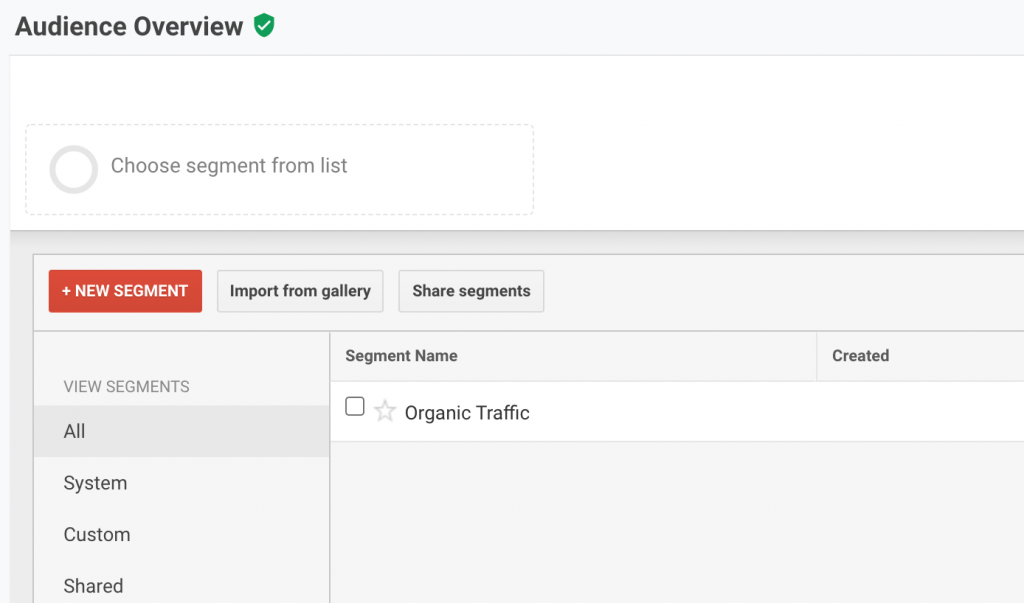
An increase in organic traffic is one way to show your client the work you have done. It shows when a campaign performs well and how many more eyes are on your client since you started working together.
In the Audience > Overview report, you’ll find information about the number of sessions on your site and the site visitors.

For almost any site, conversion is the ultimate goal. Sure, an increase in organic traffic is a typical KPI, but that's still relatively meaningless if it doesn’t ultimately lead to conversions.
Once you’ve set up goal tracking, see how well you’re converting in the "Conversion > Goals > Overview" area.
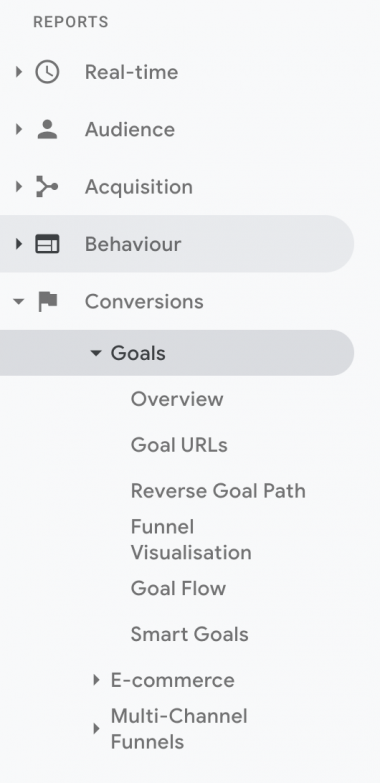
The overview area shows scorecards giving information on the number of conversions alongside trends over time.
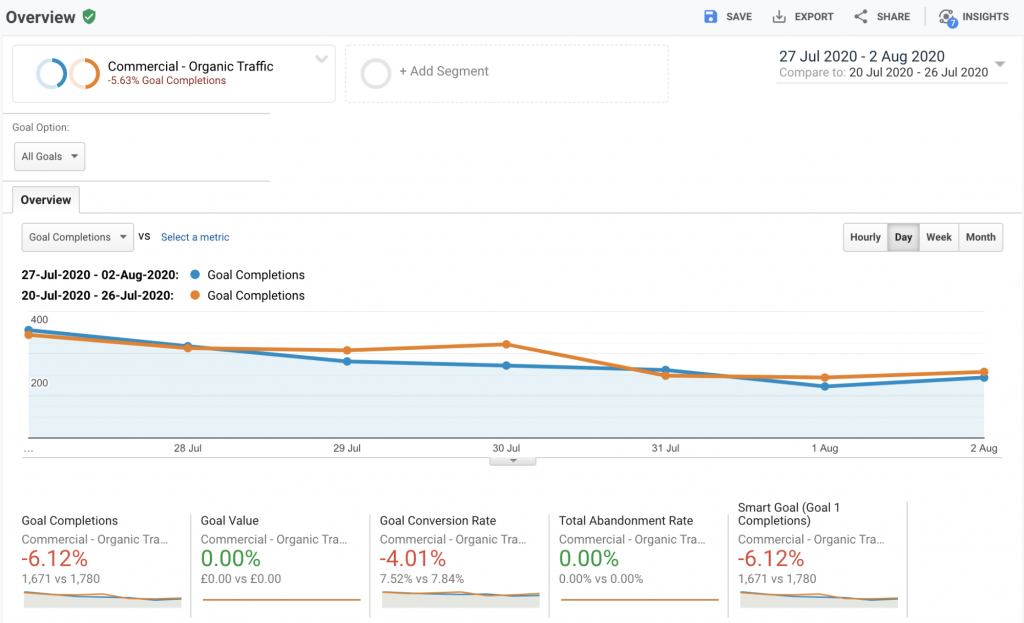
Tracking the above metrics by landing page helps identify the pages that provide value to organic search, and pages that may need improvement, consolidation, or removal.
You can easily see this within the Behavior > Site Content > Landing Pages report.
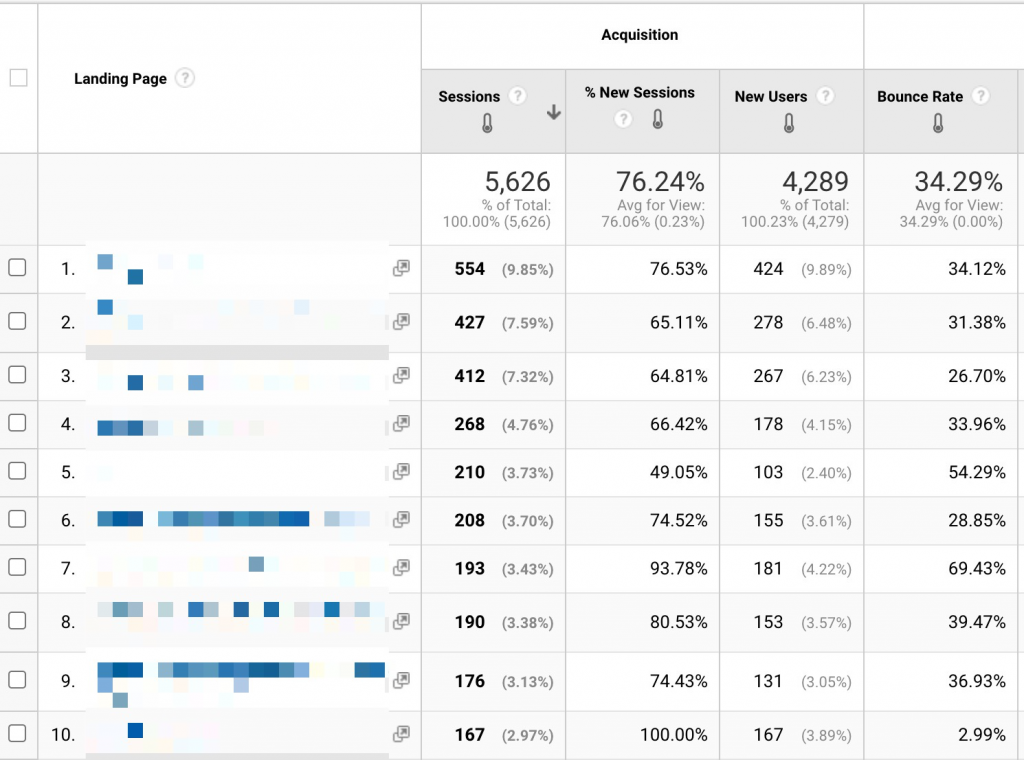
Rank trackers provide additional information on top of what you see in Google Search Console.
The key supplementary information rank trackers provide include:
Here are some ways Advanced Web Ranking helps you track your SEO.
One of the benefits of a rank tracker over GSC is that instead of showing only your site’s data, they also give you an insight into your competitors’ data to help with your competitor analysis.
This is invaluable, as it shows you how you compare across a keyword set against your competitors’. Use this information to investigate precisely what competitors are doing to perform better.
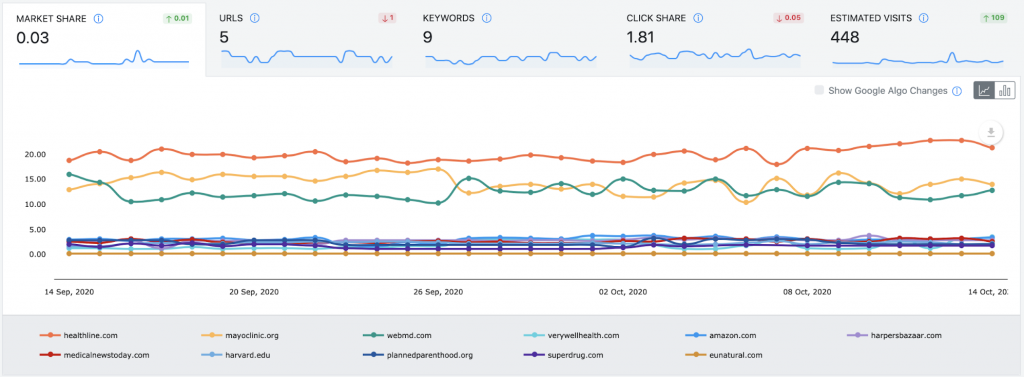
While GSC only tells you your position, Advanced Web Ranking tells you the SERP features across your tracked keywords, how many you capture, and how many your competitors capture.
It also shows you how this has changed over time, making it great for SERP analysis and understanding intent.
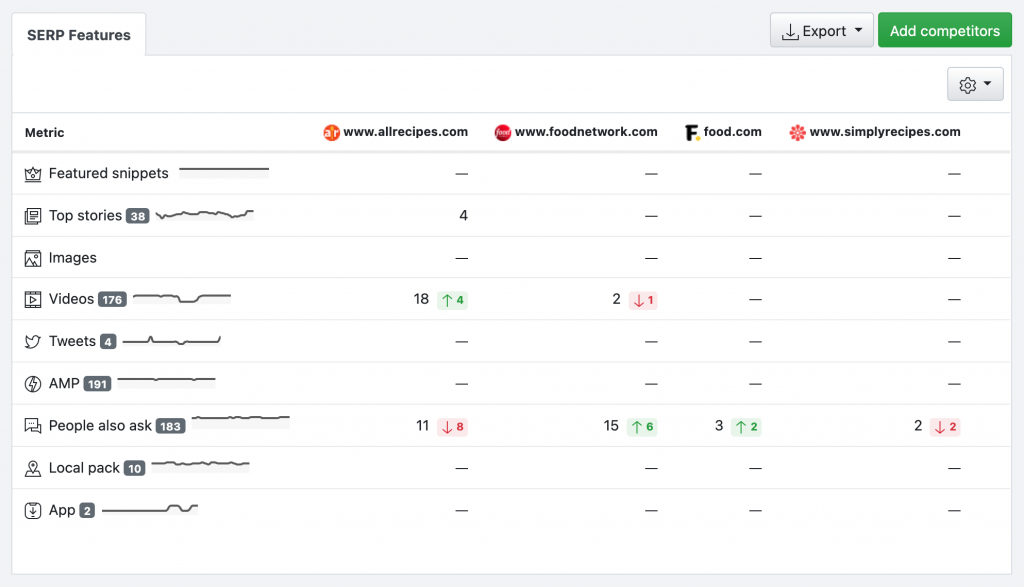
If you’re implementing a strategy to capture Featured Snippets or People Also Ask snippets, this kind of information becomes invaluable.
On top of that, you can receive daily email alerts showing you fundamental changes across your projects.
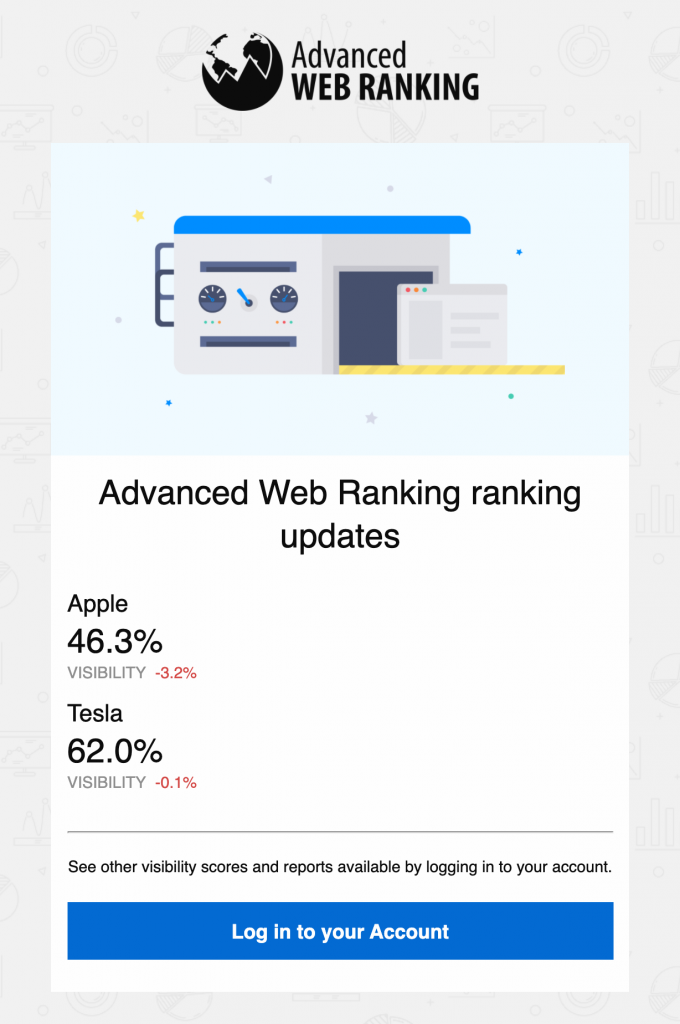
A site audit is an essential first step to identify areas that can be improved when you start your SEO strategy. Track the results of these changes, and you'll have early SEO wins to show your new client.
However, a site audit shouldn’t occur only once. Ongoing tracking of your site’s health is a vital part of daily SEO management, so recurring crawls and alerts are incredibly useful.
Some of my favorites tools to help include:
Sitebulb is a desktop-based auditing tool. It shows hints on potential issues, visualizes data, and provides you with raw tabular data from its URL and link explorers.
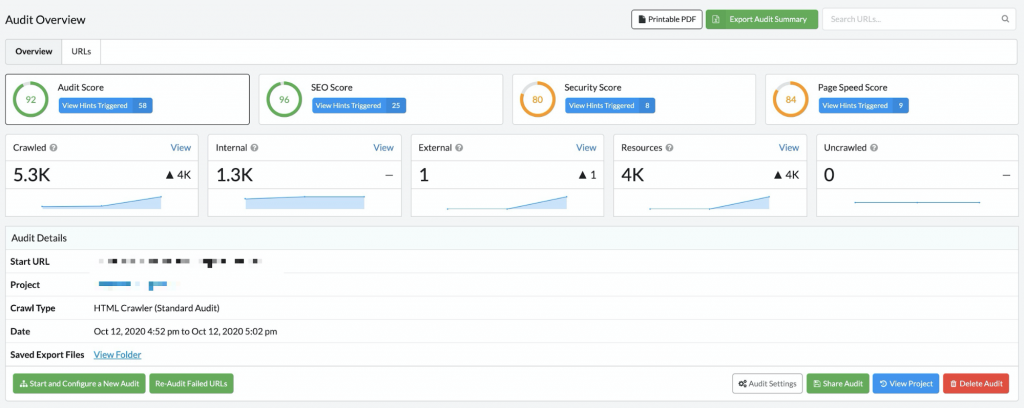
One added benefit of Sitebulb is scheduling recurring audits, a feature usually reserved for cloud-based software.
To set up a recurring audit, open up the scheduling option when configuring your crawl.
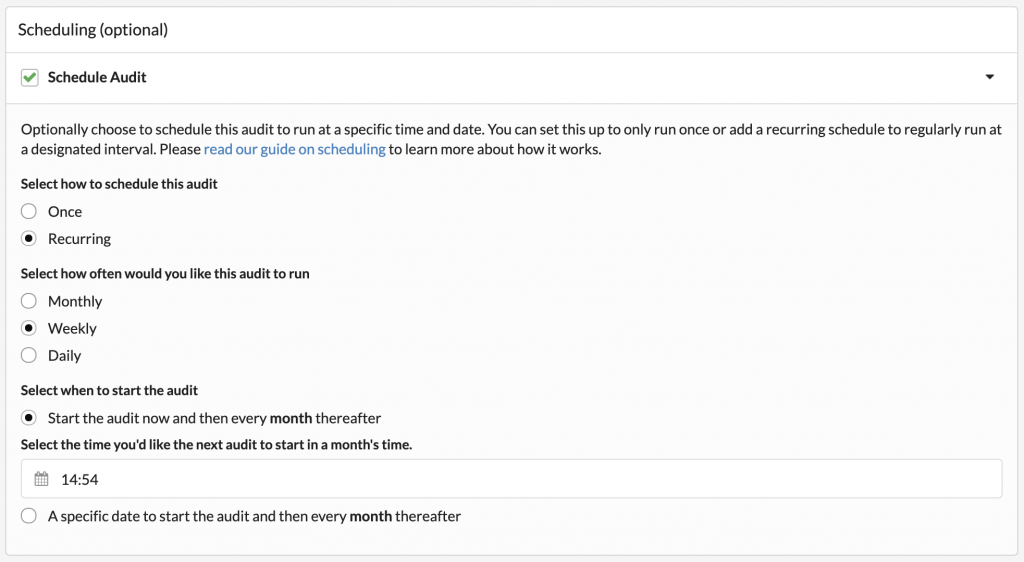
Check the recurring option, then set the frequency of which you want the audit to run.
You can keep an eye on scheduled audits in the project section. Select "scheduled," and you’ll see all the audit information, including when the audit will next run.

Currently, there isn’t any way within Sitebulb to be notified of significant changes. Still, it’s as simple as heading into your latest audit and checking some charts to spot substantial changes.
ContentKing is easily the best tool for ongoing site tracking and alerts. As far as cloud-based crawlers go, it’s also very reasonably priced.
ContentKing’s approach to auditing is also different from most tools. There is no scheduling to do; it's a continuous audit.
Thanks to its smart alerting systems, you’ll get an email whenever anything goes wrong, and once it's fixed, you’ll get a confirmation email.
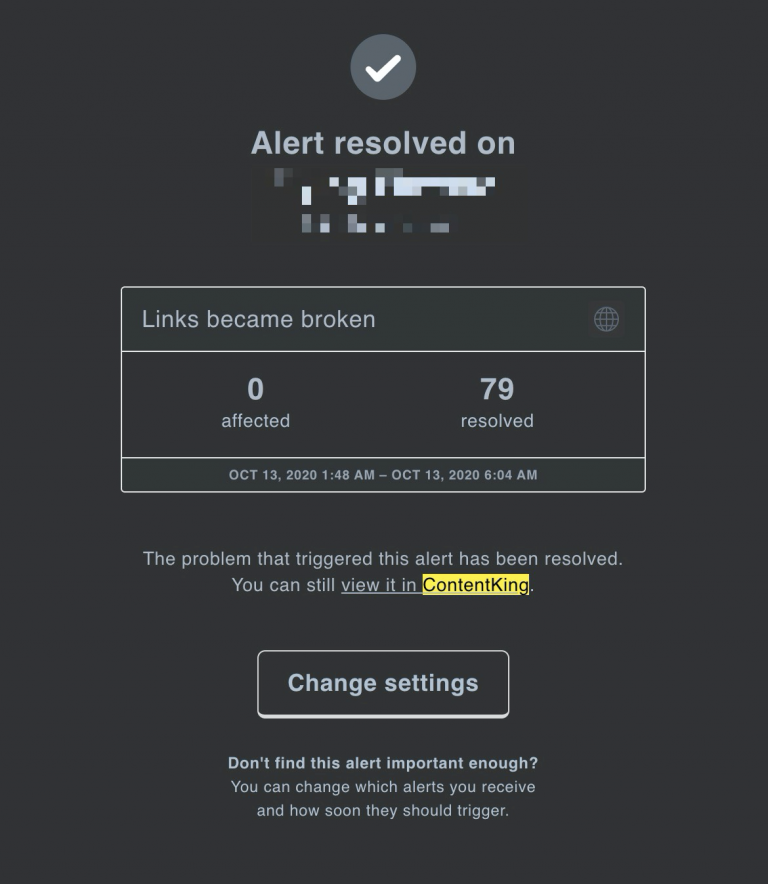
Alerts are configurable, and you also have the option of receiving notifications via a Slack channel. You can set these alerts to be whatever you want; some default example alerts you may receive include:
An important aspect of tracking SEO is knowing when significant changes happen.
Positive or negative, you’ll want to be aware so you can either celebrate or form a plan to recover.
Fortunately, there are some great tools to help!
Google Analytics allows you to create and manage custom alerts.
A custom alert allows you to configure the types of changes to be notified about and in what time periods those changes are significant. If you offer a Sunday brunch at your restaurant, you'd want to look at weekly changes in your metrics and not receive a notice every Tuesday that you had a traffic drop between Sunday and Monday!
To create a custom alert, go to the admin area, view settings and custom alerts.
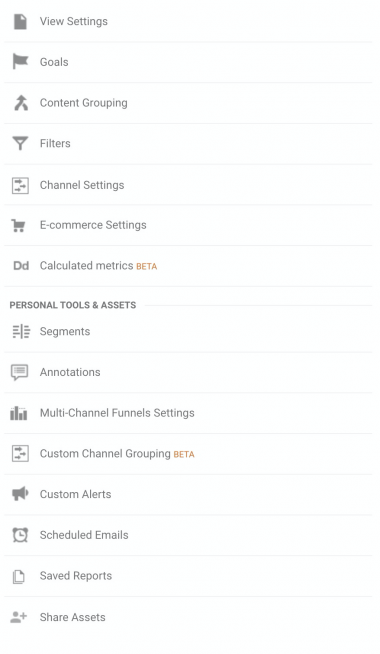
It’s then as simple as selecting "+New alert" and configuring.

If the alert is triggered, an email will notify you, allowing you to respond as quickly as possible.
The Ryte anomaly detection tool Uses data from GSC and analyzes it to detect any inconsistencies in search performance.
The tool can detect irregularities in:

This is a handy tool, allowing you to easily see when performance metrics have been higher or lower than expected.
The inbound links your site has is in the top three things that will impact your rankings.
So tracking when and how you’re getting them is crucial.
As well as tracking the useful links, you’ll also want to track spammy ones. While you don’t necessarily have to disavow them, you can do so if you want some peace of mind.
Ahrefs makes tracking easy with built-in alerts for whenever a project receives a backlink.

It also includes brand mention alerts making it useful to reclaim unlinked brand mentions.
So there you have it, a guide on what to track when doing SEO, how to track it, and the best tools out there to make life that little bit easier.